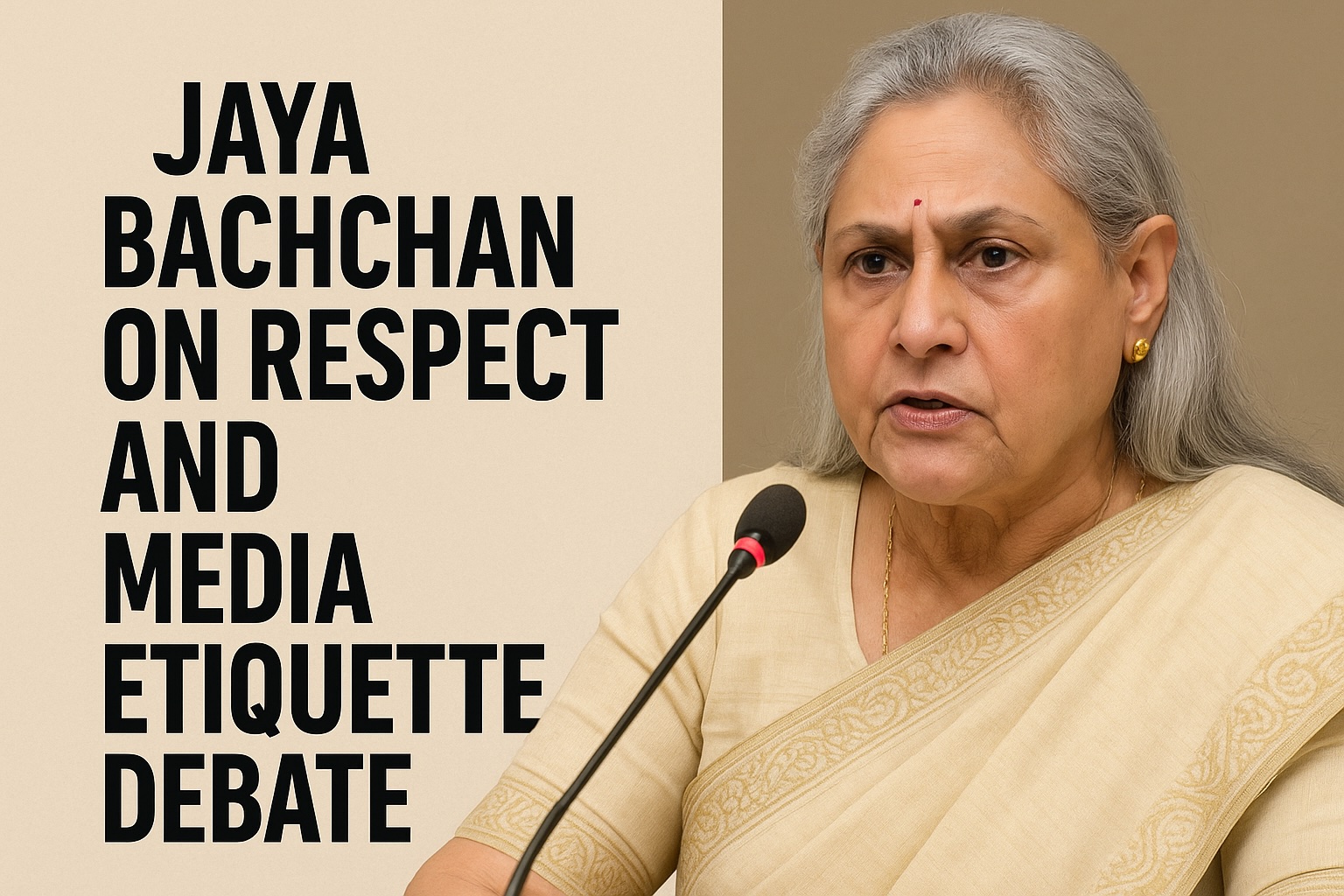Sooner or later, most of us will go to see ‘Bombay Talkies’. This weekend also sees the release of a documentary film called ‘The Celluloid Man’. How many have heard of it?
‘The Celluloid Man’ is the story of a man’s titular journey to save Indian films from ruin. As the head Archivist at the National Film Archive of India, the film documents the travails of one man, P.K.Nair who has been in the business of restoring films, some of which have taken a toll beyond mere inventory.
What has he done for Indian cinema? Had it not been for him archiving the films of the father of Indian cinema, Dadasaheb Phalke, there would not be much to celebrate.
Today, 3 May, 2013 marks 100 years since the release of the first film made by Dadasaheb Phalke (Raja Harishchandra), a film rescued in 1969 by Nair from Phalke’s son in Nasik. When he got the film from Phalke’s son, the film reel was deteriorating. Film cans were stored in poor condition.
First as a curator at NFAI in the sixties, and later as director in the eighties, Nair worked to acquire films from various regional cinemas. He traveled to remote places, discovering and collecting.
He was instrumental in acquiring for the archive several landmark Indian films like Dadasaheb Phalke’s ‘Raja Harishchandra’ and ‘Kaliya Mardan’. Films such as ‘Jeevan Naiya’, ‘Bandhan’, ‘Kangan’, ‘Achhut Kanya’ and ‘Kismet’ from Bombay Talkies production, S. S. Vasan’s ‘Chandralekha’ and Uday Shankar’s ‘Kalpana’. These are the rare films that would have been lost and we would not have a history of cinema to be proud of if he had not done restoring them.
If you love films so much, spare a thought for the documentary. Don’t miss it. Maybe you will find in this film, a friend who loves films with a passion such as yours. Sometimes, that passion itself is tribute to cinema.





